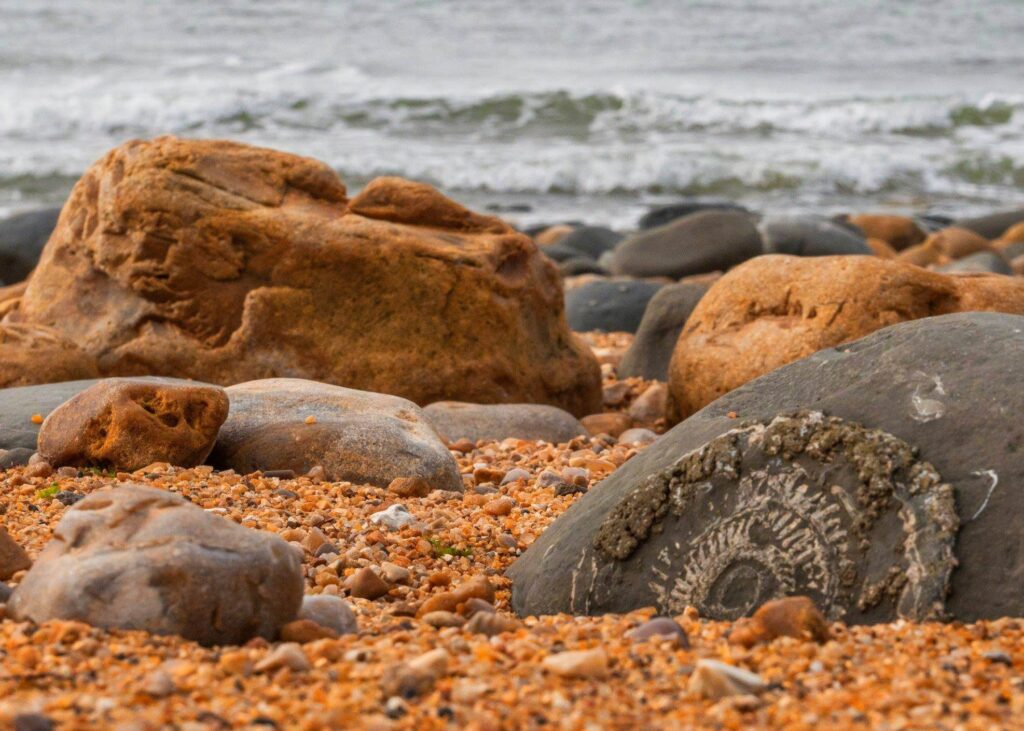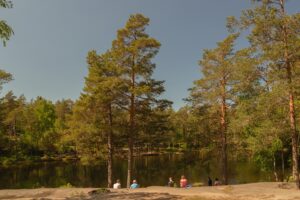The Jurassic Coast: A Walk Through Prehistoric England
The Jurassic Coast, a UNESCO World Heritage Site, stretches over 95 miles along the southern coast of England, from Exmouth in East Devon to Studland Bay in Dorset. This stunning coastline is a geological wonder, offering a glimpse into 185 million years of Earth’s history. With its dramatic cliffs, hidden coves, and fossil-rich beaches, the Jurassic Coast is a must-visit for nature lovers, history buffs, and anyone looking to experience the raw beauty of England’s natural landscape.
What to See
The Jurassic Coast is renowned for its diverse landscapes and geological features. One of the most iconic sights is Durdle Door, a natural limestone arch that juts out into the sea. Nearby, Lulworth Cove offers a perfect example of a natural bay formed by the sea’s relentless erosion. For fossil enthusiasts, Charmouth Beach is a treasure trove of ancient relics, where you can find ammonites and even the occasional dinosaur bone. The Isle of Portland, with its rugged cliffs and panoramic views, is another highlight, offering excellent walking trails and bird-watching opportunities.
A Bit of History and Interesting Facts
The Jurassic Coast gets its name from the Jurassic period, a time when dinosaurs roamed the Earth. The cliffs along this coast reveal a continuous sequence of rock formations spanning the Triassic, Jurassic, and Cretaceous periods. This makes it one of the most significant geological sites in the world. The area has been a rich source of fossils since the early 19th century, attracting paleontologists and fossil hunters from around the globe. Mary Anning, a pioneering fossil collector from Lyme Regis, made some of the most significant discoveries here, including the first complete Ichthyosaurus skeleton.
An interesting fact about the Jurassic Coast is that it is constantly changing. The relentless action of the sea causes regular landslides and erosion, which means the landscape is always evolving. This dynamic environment not only shapes the coastline but also continually reveals new fossils, making each visit potentially unique.
How to Get There and Tips for First-Time Visitors
Getting to the Jurassic Coast is relatively straightforward. If you’re traveling by car, the A35 and A354 roads provide easy access to various points along the coast. For those using public transport, regular train services run to towns like Weymouth, Axminster, and Dorchester, with local buses connecting to coastal attractions.
For first-time visitors, it’s essential to plan your visit according to the tides, especially if you’re interested in fossil hunting. The best time to search for fossils is after a storm or during low tide when new finds are more likely to be exposed. Always check the weather forecast and wear appropriate footwear, as some paths can be steep and slippery. Guided tours are available and can provide valuable insights into the area’s geology and history.
Accommodation options range from charming bed and breakfasts to campsites and luxury hotels, catering to all budgets. Whether you’re planning a day trip or a longer stay, the Jurassic Coast offers a unique opportunity to walk through prehistoric England and witness the power of nature firsthand.








